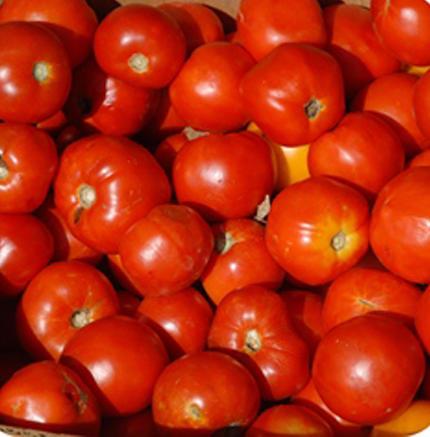Canada’s Instrumentation Leader Since 1946.


The Food Industry has a long history of measuring the colour of their products. The reasons for doing this are as varied as the industry itself but the main criterion is standardisation. Controlling the colour of materials enables the food producer to reject any that is substandard before offloading, during processing and prior to shipment. […]
The Food Industry has a long history of measuring the colour of their products. The reasons for doing this are as varied as the industry itself but the main criterion is standardisation.
Controlling the colour of materials enables the food producer to reject any that is substandard before offloading, during processing and prior to shipment. This guarantees that the final colour satisfies the consumers' expectations.
Grading techniques are widely used to assess product colour by comparison with a representative series of fixed colour standards.
For many product types, a characteristic set of standards was agreed and adopted to aid colour control and the communication of colour specifications; the result is a selection of traditional colour grading scales that have been adopted as industry standards and are still in common use today.
Your Colour Scale requirement determines your instrument choice.Copyright - 2025 - Hoskin Scientific